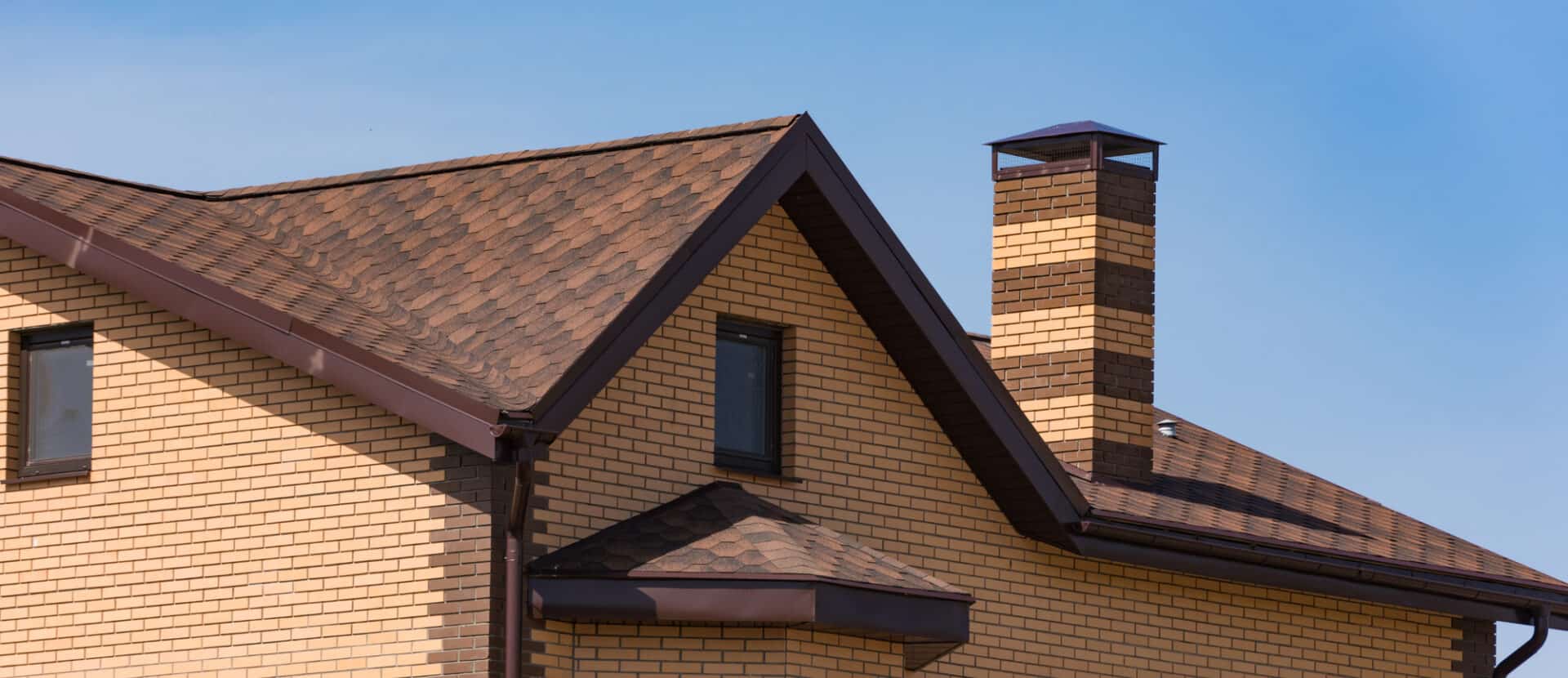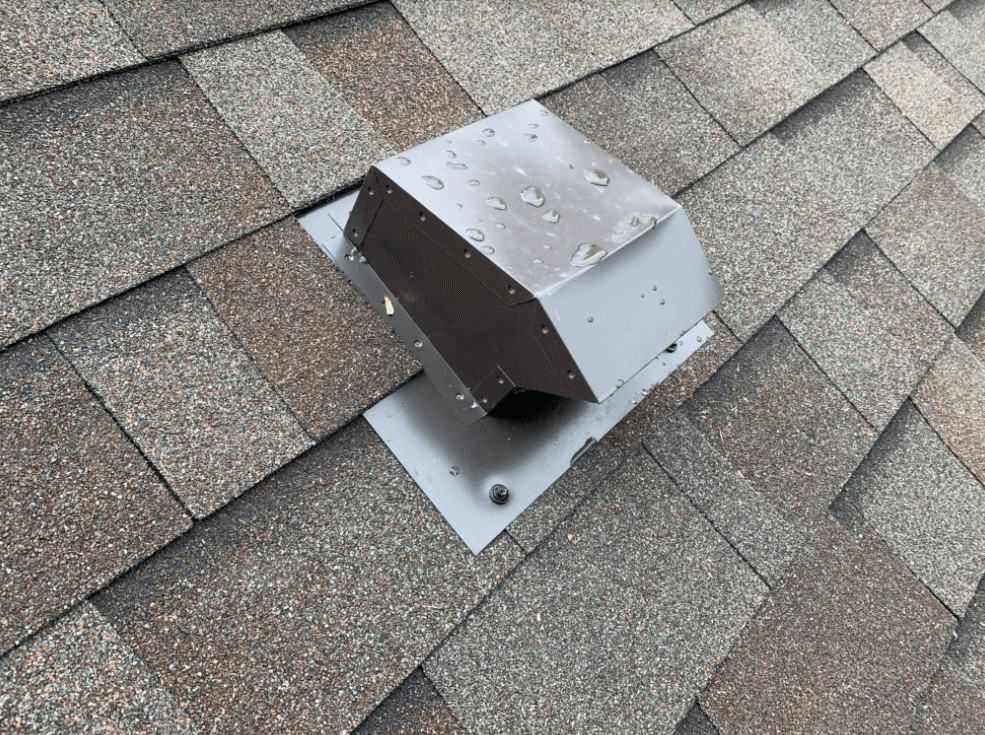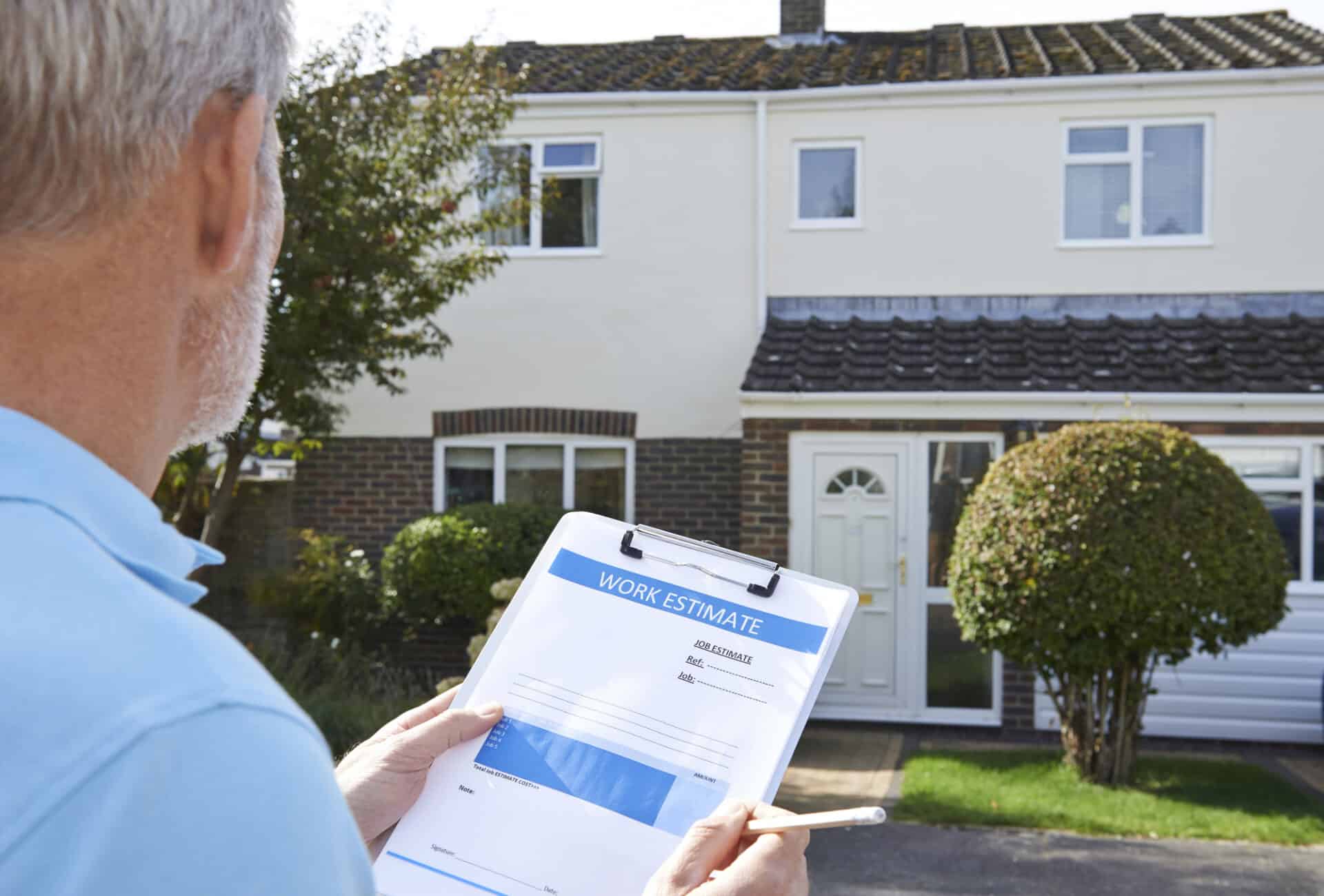Felt paper is an important part of your roof installation. Not only does it protect your home during the installation process, but it also provides the back-up protection in the case of a shingle failure or installation defect. When it comes to felt paper (also known as underlayment) there are two types you need to pay attention to. First is the ice & water shield, which protects the edges and vulnerable spots on the roof from ice dams. The second is the “normal” underlayment or felt paper that covers everything else.
NOTE: This is a more in depth look at felt paper and underlayments as part of our Best Roofing Materials For Your Home guide.
Best Ice & Water Shield Felt Paper Underlayment
Up here in the northwest we get snow, and usually a lot of it. This can lead to water backing up due to ice dams on the eaves of your home. When this happens you could get water coming in through your ceiling even though there is technically nothing wrong with your roof.
Ice & water shield is a thick, sticky-back type of felt paper that will adhere to the roof deck below it and form a little gasket around each nail poking through it. This means any water that gets under the shingles will go where it’s supposed to – off your roof instead of in your home! Because the damage can be devastating when this does occur , we recommend nothing less than a high quality ice shield like CertainTeed WinterGuard, which is the only ice shield I know of that offers a warranty.
There are other brands of ice shield that are cheaper, but this is not the place to skimp on material costs. The don’t have as much tar product on the back of them, which makes them less sticky and less protective. You may save 30-40% on your ice shield, but it will cost you thousands to replace your kitchen ceiling.
Where is it required? Ice & water shield should be placed from the eave up the roof a minimum of 24″ inside any exterior walls. This is the most obvious place and the only area that city inspectors will look for. However, ice & water shield also must be placed in every valley, around pipe flashings, and under any step flashings or apron flashings (this means chimneys and skylights too!). Since flashings are one of the most common places for roofs to leak, they need that secondary back up protection to keep your home dry.
Best Synthetic Felt Paper Underlayment
Roofing materials and the technology behind them have come a long way in the last 15-20 years. Synthetic underlayments are now a commonplace item and many contractors are choosing to use this superior alternative over the old organic felt paper.
Why is a synthetic felt paper or underlayment superior?

For starters, it doesn’t wrinkle up when it gets wet like organic felt does. A good, thick organic felt paper like 30# can get some pretty hefty wrinkles if it gets rained on. They can even “telegraph” through the shingles you lay over top, making your roof look uneven. Synthetic underlayment, when installed right, will lay nice and flat rain or shine, until the new roof get’s installed. This can be especially handy in the rainy season. If installers do run into this wrinkling problem they will often times cut the wrinkles out to prevent this telegraphing from happening. Unfortunately that means if you ever need your back-up protection it will fail catastrophically.
Another big reason is tear strength. 15# and even 30# felt paper will tear easily, especially if it’s not very warm outside. This can cause problems during installation and you could end up with a “Frankenstein-felt-job” that won’t keep water out when you need it to.
The third reason organic felt paper is not ideal is that it will shrink when exposed to UV light. This will cause it to pull away from fasteners and could blow off if it gets windy. This can happen in just a couple days if the felt is exposed during the shingle installation for any amount of time.
Is there a difference between synthetics?
Like all products that catch on, there are a wide variety of qualities available. In synthetic underlayments, you can get it as cheap as regular 15# felt paper, to higher quality versions that are about twice as much. And it shows. The cheap stuff can wear through fairly quickly with just a little abuse, where a higher quality synthetic like DiamondDeck has 2 layers and will keep your home dry under a lot more stress. So we recommend the latter.
2 High Quality Underlayments Will Protect Better
When you combine WinterGuard and DiamondDeck underlayments on your roof, they will protect better than anything else. Winterguard ice & water shield will keep all the vulnerable spots leak-free, and the synthetic will lay nice and flat over the rest of the roof, providing a superior second layer of protection. This stuff is so good that it will actually last over a year without any shingles covering it at all! (yes, we’ve personally tested it) You’d be lucky to get 3-4 weeks out of the old organic felt paper.
In conclusion, yes using a higher quality felt paper or underlayment will cost a little more money. The amount it can save you if you ever need it can be tremendous though.
Contact Us For A Quote
We don’t cut corners when putting new roofs on our customers’ homes. Call New Heights today for a quote. We serve Spokane, Post Falls, and surrounding areas.




